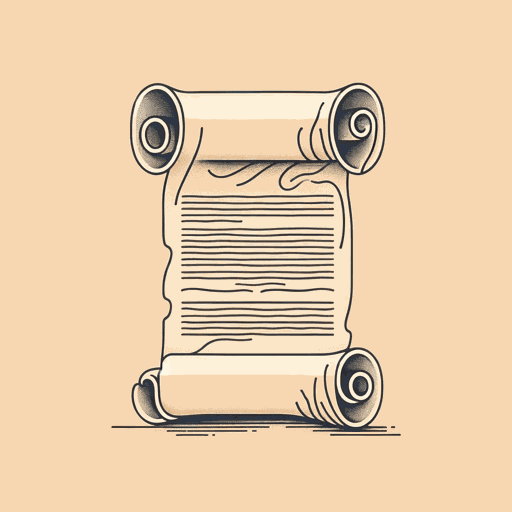38 pages • 1 hour read
BoethiusConsolation Of Philosophy
Nonfiction | Book | Adult | Published in 524A modern alternative to SparkNotes and CliffsNotes, SuperSummary offers high-quality Study Guides with detailed chapter summaries and analysis of major themes, characters, and more.
Symbols & Motifs
Wheel of Fortune
The most famous symbol or motif from Consolation is that of fortune as an ever-turning wheel, which occurs in Book 2, Chapter 1. After Boethius complains of the vagaries of fortune, Philosophy tells him that it is foolish to complain about the vagaries of a force whose very nature is to be fickle:
Commit your boat to the winds and you must sail whichever way they blow, not just where you want [...] So now you have committed yourself to the rule of Fortune, you must acquiesce in her ways. If you are trying to stop her wheel from turning, you are of all men the most obtuse. For if it once begins to stop, it will no longer be the wheel of chance (24).
As a result of Boethius's use of the image, Fortune's Wheel became a highly influential idea in the Middle Ages. Such authors as Dante, Chaucer, and Boccaccio used it as a literary device, and it was frequently depicted in visual art, usually to a moralistic end, emphasizing the tragic aspect of the downfall of the mighty.

